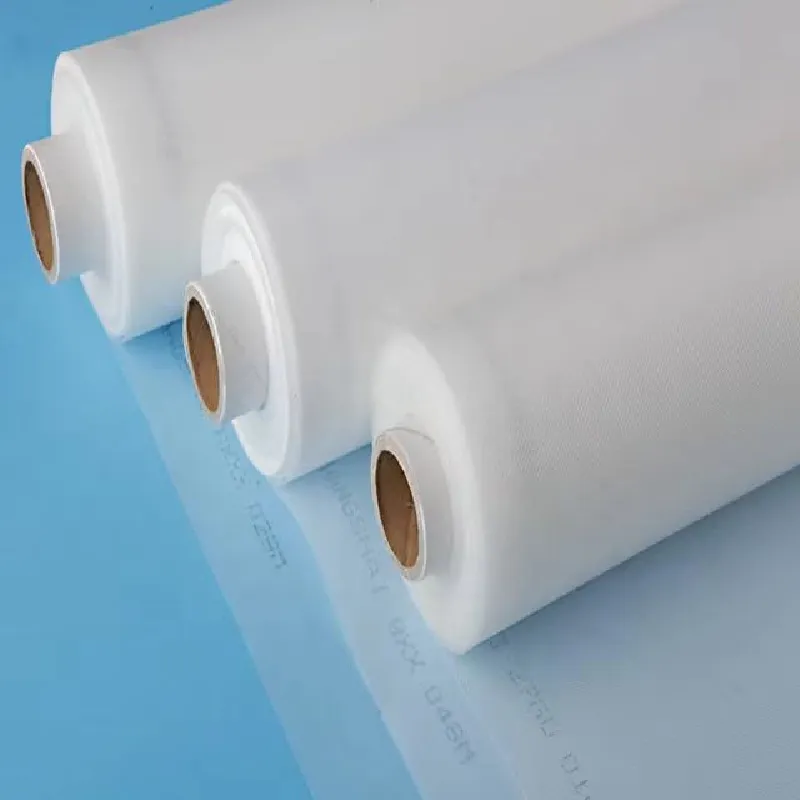-
 Afrikaans
Afrikaans -
 Albanian
Albanian -
 Amharic
Amharic -
 Arabic
Arabic -
 Armenian
Armenian -
 Azerbaijani
Azerbaijani -
 Basque
Basque -
 Belarusian
Belarusian -
 Bengali
Bengali -
 Bosnian
Bosnian -
 Bulgarian
Bulgarian -
 Catalan
Catalan -
 Cebuano
Cebuano -
 China
China -
 Corsican
Corsican -
 Croatian
Croatian -
 Czech
Czech -
 Danish
Danish -
 Dutch
Dutch -
 English
English -
 Esperanto
Esperanto -
 Estonian
Estonian -
 Finnish
Finnish -
 French
French -
 Frisian
Frisian -
 Galician
Galician -
 Georgian
Georgian -
 German
German -
 Greek
Greek -
 Gujarati
Gujarati -
 Haitian Creole
Haitian Creole -
 hausa
hausa -
 hawaiian
hawaiian -
 Hebrew
Hebrew -
 Hindi
Hindi -
 Miao
Miao -
 Hungarian
Hungarian -
 Icelandic
Icelandic -
 igbo
igbo -
 Indonesian
Indonesian -
 irish
irish -
 Italian
Italian -
 Japanese
Japanese -
 Javanese
Javanese -
 Kannada
Kannada -
 kazakh
kazakh -
 Khmer
Khmer -
 Rwandese
Rwandese -
 Korean
Korean -
 Kurdish
Kurdish -
 Kyrgyz
Kyrgyz -
 Lao
Lao -
 Latin
Latin -
 Latvian
Latvian -
 Lithuanian
Lithuanian -
 Luxembourgish
Luxembourgish -
 Macedonian
Macedonian -
 Malgashi
Malgashi -
 Malay
Malay -
 Malayalam
Malayalam -
 Maltese
Maltese -
 Maori
Maori -
 Marathi
Marathi -
 Mongolian
Mongolian -
 Myanmar
Myanmar -
 Nepali
Nepali -
 Norwegian
Norwegian -
 Norwegian
Norwegian -
 Occitan
Occitan -
 Pashto
Pashto -
 Persian
Persian -
 Polish
Polish -
 Portuguese
Portuguese -
 Punjabi
Punjabi -
 Romanian
Romanian -
 Russian
Russian -
 Samoan
Samoan -
 Scottish Gaelic
Scottish Gaelic -
 Serbian
Serbian -
 Sesotho
Sesotho -
 Shona
Shona -
 Sindhi
Sindhi -
 Sinhala
Sinhala -
 Slovak
Slovak -
 Slovenian
Slovenian -
 Somali
Somali -
 Spanish
Spanish -
 Sundanese
Sundanese -
 Swahili
Swahili -
 Swedish
Swedish -
 Tagalog
Tagalog -
 Tajik
Tajik -
 Tamil
Tamil -
 Tatar
Tatar -
 Telugu
Telugu -
 Thai
Thai -
 Turkish
Turkish -
 Turkmen
Turkmen -
 Ukrainian
Ukrainian -
 Urdu
Urdu -
 Uighur
Uighur -
 Uzbek
Uzbek -
 Vietnamese
Vietnamese -
 Welsh
Welsh -
 Bantu
Bantu -
 Yiddish
Yiddish -
 Yoruba
Yoruba -
 Zulu
Zulu
steel mesh for concrete
Steel Mesh for Concrete An Essential Component in Modern Construction
In the field of construction, the interplay between various materials significantly impacts the structural integrity and longevity of buildings and infrastructures. One critical element that has gained prominence in recent years is steel mesh, particularly when used in conjunction with concrete. Steel mesh, or welded wire fabric, enhances the performance of concrete in various applications, making it an indispensable component in modern construction practices.
Concrete is a widely used construction material known for its compressive strength. However, it is inherently weak in tension and can suffer from cracking under stress. This limitation necessitates the incorporation of reinforcement to improve its tensile strength. Steel mesh serves this purpose effectively. It consists of a grid of steel wires that are welded together at specific intervals, creating a strong and durable matrix that distributes loads evenly across the slab or structure.
Steel Mesh for Concrete An Essential Component in Modern Construction
Another significant benefit of using steel mesh is its contribution to reducing construction costs and time. With its easy installation process, construction teams can lay steel mesh quickly, allowing concrete to be poured promptly. This efficiency can lead to project time savings, enabling construction professionals to meet tight deadlines without compromising quality. Furthermore, steel mesh is often lighter and less bulky than traditional rebar, simplifying handling and placement during construction.
steel mesh for concrete

In addition to its structural advantages, steel mesh in concrete can also enhance the durability of the finished product. Concrete exposed to harsh environmental conditions, such as freeze-thaw cycles, chemical exposure, or abrasion, can benefit significantly from the strength and resilience that steel mesh provides. This is particularly important in infrastructure projects such as bridges, highways, and industrial floors, where harsh conditions are common.
Moreover, steel mesh is versatile and can be tailored to meet specific project requirements. Different wire diameters, spacing, and mesh configurations can be designed to accommodate various load capacities and structural demands. This flexibility allows engineers and architects to customize their reinforcement strategies, ensuring optimal performance for each unique application.
Environmental considerations are also an essential aspect of using steel mesh in concrete. As sustainability becomes a focal point in construction practices, the steel industry has made significant strides in producing high-quality, recycled steel. Utilizing recycled materials for steel mesh not only reduces waste but also minimizes the carbon footprint associated with new steel production. Additionally, steel mesh’s durability contributes to the longevity of concrete structures, further promoting sustainability in construction.
When considering the installation of steel mesh, proper attention must be paid to its placement and configuration. It is essential to ensure that the mesh is positioned correctly within the concrete slab to achieve the best reinforcing effect. Typically, the mesh should be placed approximately one-third of the way down from the surface of the slab to maximize its effectiveness in resisting tensile forces.
In conclusion, steel mesh is a fundamental component in the field of concrete construction, offering a multitude of benefits that enhance the performance, durability, and efficiency of concrete structures. As the construction industry continues to evolve, the use of steel mesh is expected to become even more prevalent, driven by the demand for stronger, more sustainable buildings and infrastructure. As engineers and architects embrace innovative solutions, steel mesh will undoubtedly play a vital role in shaping the future of construction.
-
Shipping Plastic Bags for Every NeedNewsJul.24,2025
-
Safety Netting: Your Shield in ConstructionNewsJul.24,2025
-
Plastic Mesh Netting for Everyday UseNewsJul.24,2025
-
Nylon Netting for Every UseNewsJul.24,2025
-
Mesh Breeder Box for Fish TanksNewsJul.24,2025
-
Expanded Steel Mesh Offers Durable VersatilityNewsJul.24,2025











